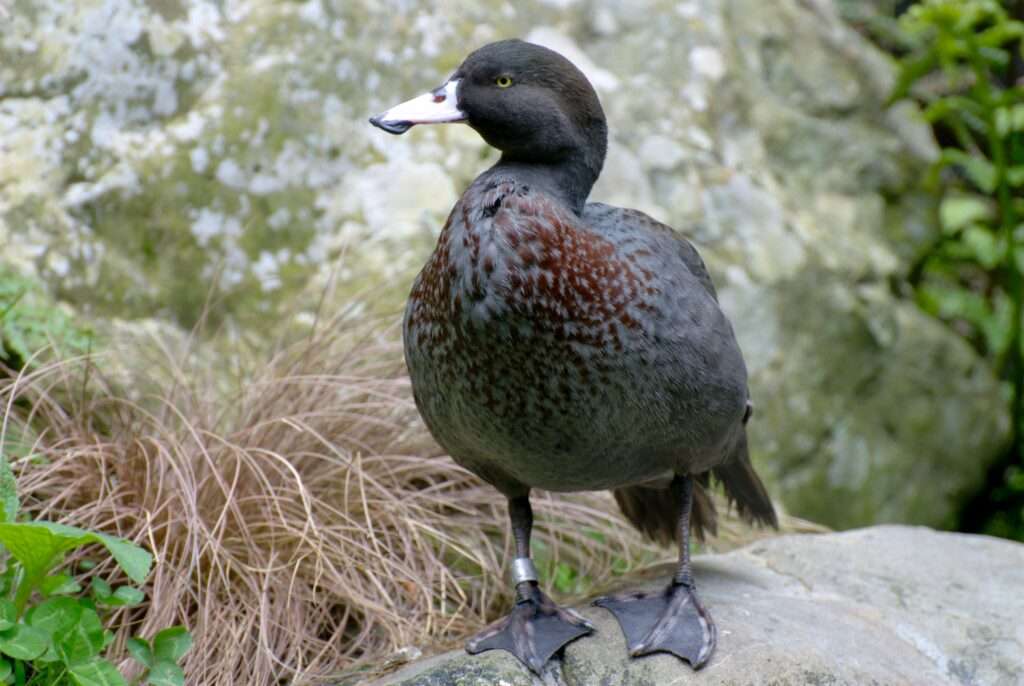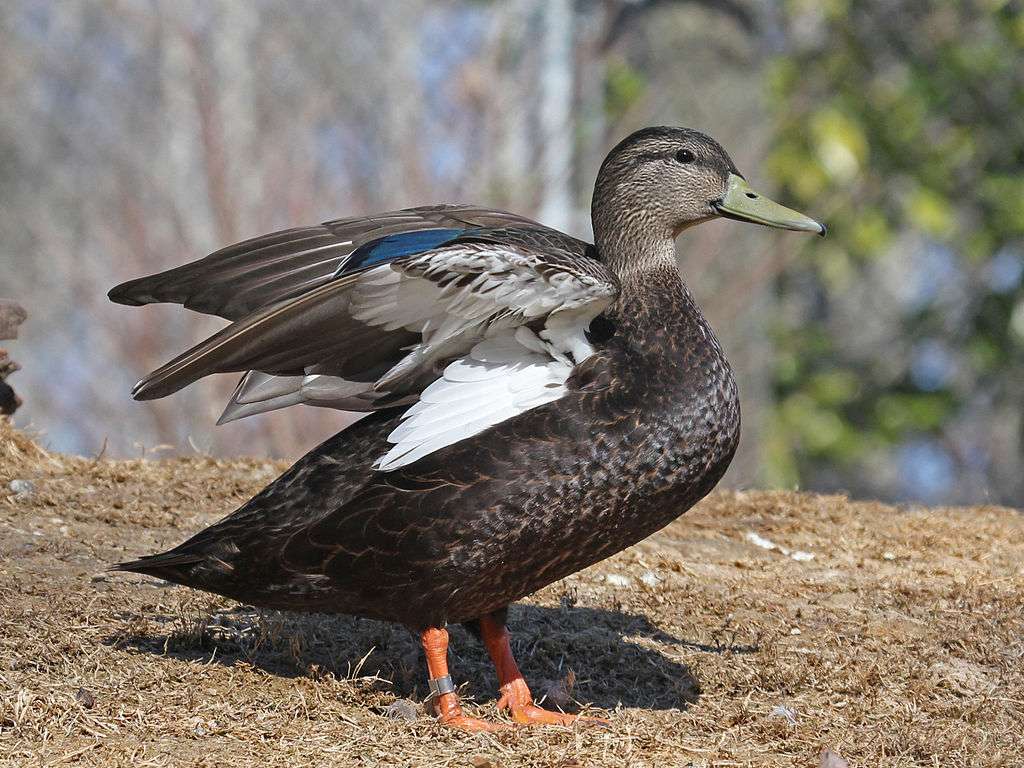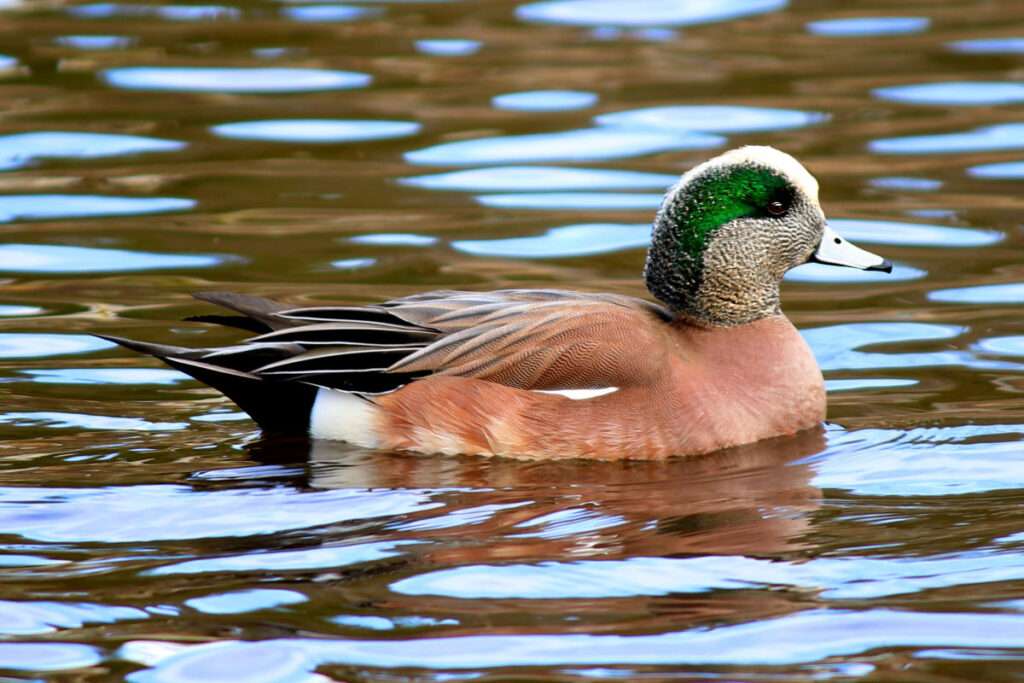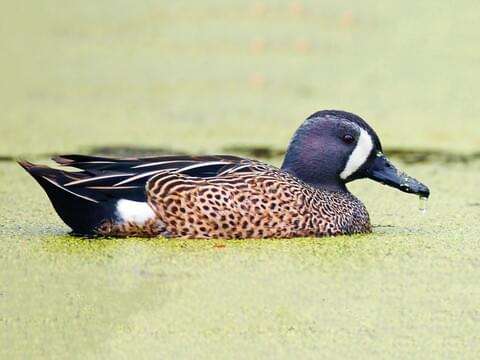
The blue duck (Hymenolaimus malacorhynchos) is a native of New Zealand. Hymenolaimus only has one member in its whole genus. Although the precise status of its taxonomic group is still unclear, it seems to be most closely connected to the tribe of Anatini, or dabbling ducks.
Fun Fact
- A “brace” is a collection of ducks. A “drake” is a male, a “hen” is a female, and a “duckling” is a young person.
- All ducks have feathers that are extremely resistant due to their waxy coating and interlocking structure.
- The swift-moving riffles and rapids of their ancestral territory are where Blue ducks, unlike other waterfowl, obtain all of their food and raise their young.
- It is thought that this species first appeared relatively early in evolutionary history. They have distinct behavioral and anatomical traits because of their isolation in New Zealand, including a streamlined head and large webbed feet that allow them to graze in swiftly moving water.
Description
The bird has dark slate-gray feathers with a greenish sheen on the head and chestnut flecks on the breast. The inner secondaries feature black edges, while the outer ones have white tips. Although the female has a little less chestnut than the male, the two sexes’ plumage is largely the same. The tip of the pinkish-white bill features fleshy skin flaps dangling from the sides. Eight hours after hatching, the beak changes from green to its final color.

Predators
Other well-known predators include domestic dogs, ferrets, and wild cats. It has been shown that rats and possums visit nests and are likely to steal eggs. They become significantly defenseless during their late summer molt stage, leaving them open to attack.
Diet
As insectivores, or carnivores, blue ducks mostly consume invertebrates, such as caddis-fly larvae, aquatic insects, and grubs that fall from trees. Berries and algae are often consumed, particularly in the autumn.
Habitat
Only the North and South Islands of New Zealand, namely the west of the South Island, particularly in Otago and Southland, and the central North Island within national parks, are home to the Blue duck. It typically grows in canyon streams and tumbling, bush-fringed rivers in alpine river settings. It only lives in swift-moving rivers, where it is never spotted on open or side creeks and receives all of its food.
As Pet
It is prohibited to own a whio because of their population status. Since they haven’t yet been maintained as pets, we don’t know how they interact with people. Due of their rarity, whio duck populations may be impacted by our actions.
Table





